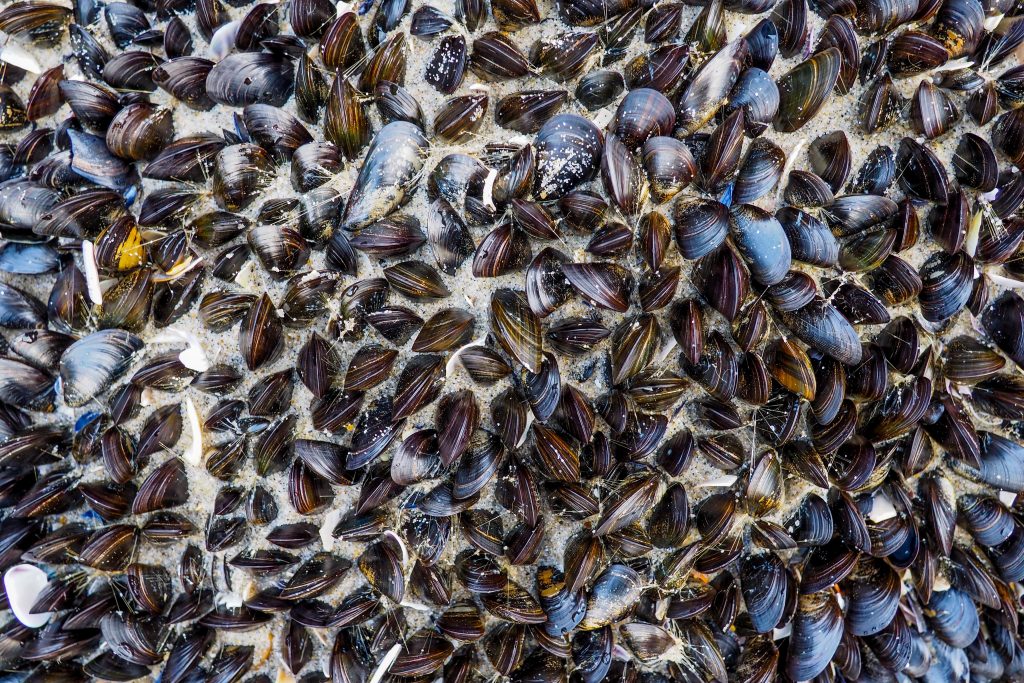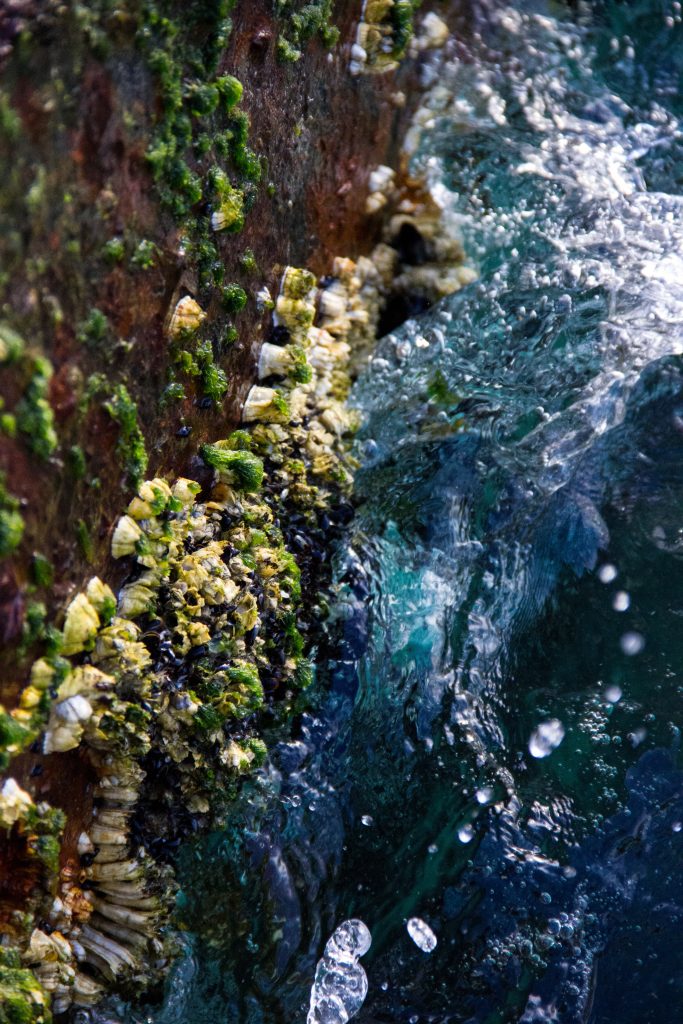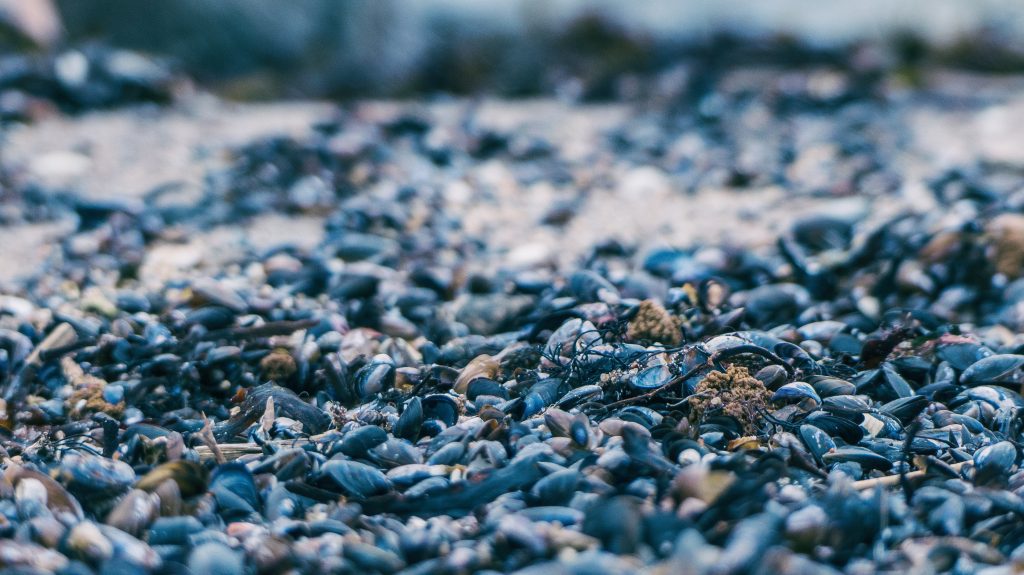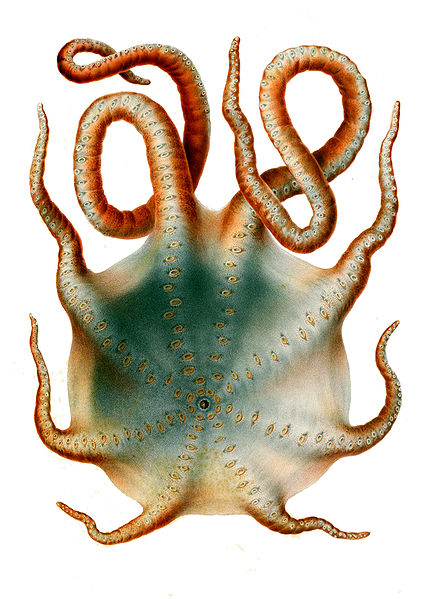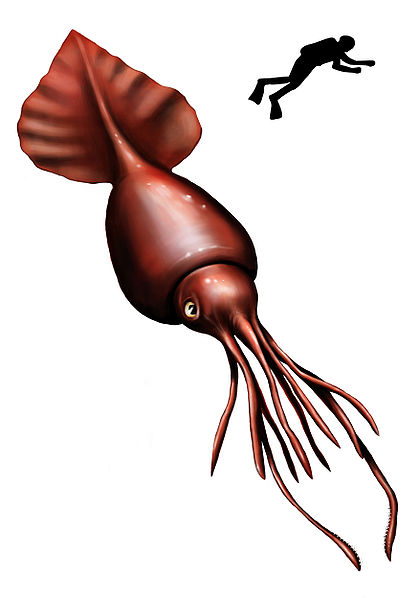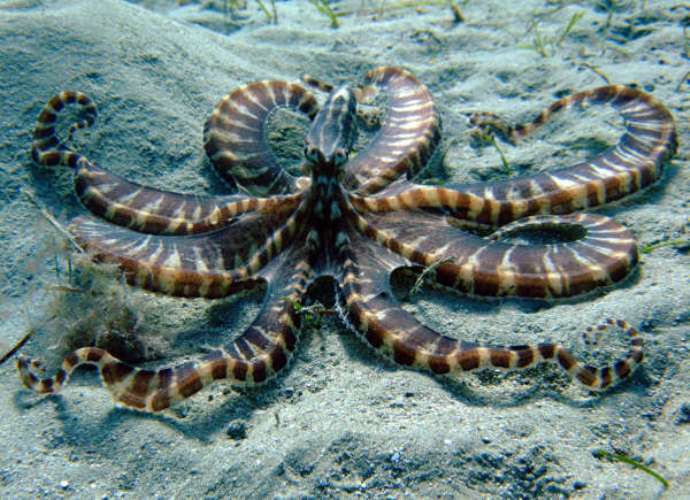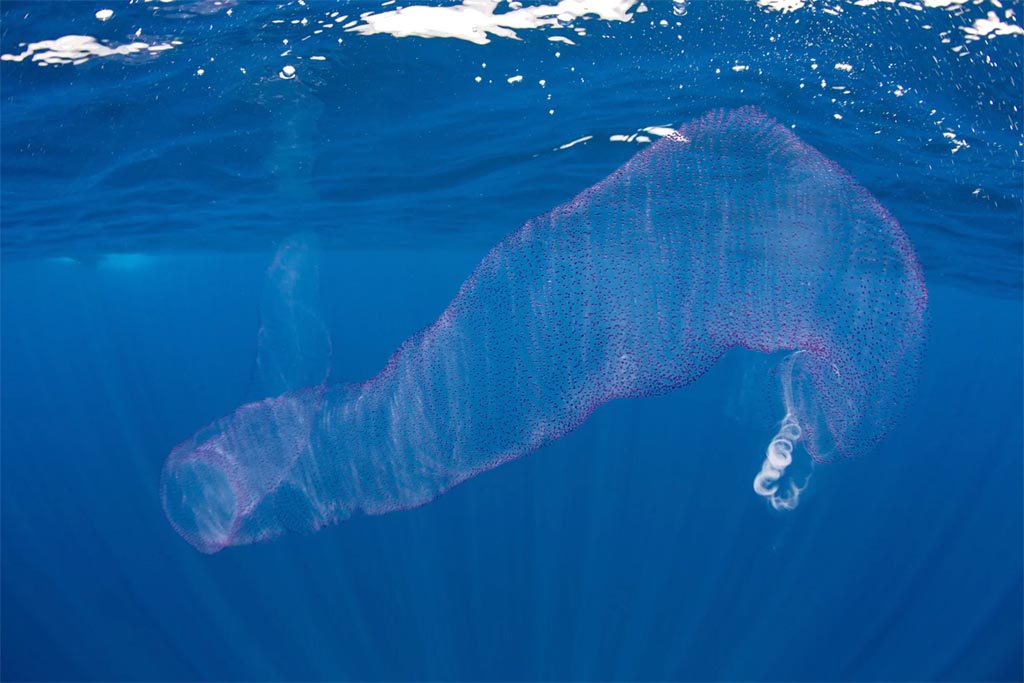What do you know about these bivalve mollusks? Maybe you think they are delicious (we do!) or maybe you just think they are strange. This article will give you some interesting facts to think about next time you visit the shore and see clusters of mussels.
- People have eaten mussels for over 2,000 years. Prehistoric settlements can often be identified by large mounds of empty mussel shells.
- The Blue Mussel or Mytilus Edulis is the most commonly found mussel in Scotland and the British Isles.
- Mussels have beards, which they use to attach themselves to rocks. Their beards are so strong that they can even cling to Teflon, leading scientists to try to develop adhesives based on their properties.
- A substance called chitin is extracted from mussels and other shellfish and is used in moisturizer, hair care and medical wound dressings. It is also used to coat wheat seeds for protection against pests and diseases.
- Mussels seal their shells by closing their valves and trapping water inside, forming a strong seal.
- One of the main predators of mussels is the dog whelk, which drills a hole through the mussel’s shell to suck out the mussel itself. Sometimes the mussel fights back by attaching a beard thread to the whelk, trapping it in place and starving it to death after a last meal of mussels.
- Female mussels have orange mantles and a male mussel has a white mantle.
- Mussels come in all sizes, but there is a season in which they can be harvested at their best. In general, shellfish should be harvested in a month with an “r” in the name. Mussels specifically are best during October but too small to eat in March.
- Mussels eat plankton almost exclusively. To get their favorite food, mussels filter up to 20 gallons of water a day. They also eat microscopic plants and animals found in the ocean water.
- Mussels are delicious and healthy for humans. They are naturally low in saturated fat and sodium while being a good source of vitamins C and B as well as amino acids, Omega 3 fatty acids plus minerals such as manganese, iron, phosphorus, potassium, zinc and selenium.
- Compared ounce for ounce to beef stock, mussels contain more protein and far less fat while being more nutrient dense and lower in calories.
- Some freshwater varieties can grow pearls.
- Telling the difference between farmed and wild mussels is easy if you look for the shell color in an uncooked mussel. Farmed mussels have shiny blue-black shells while wild mussels have a dull bluish color shell with white erosion marks and sometimes barnacles.
- Before cooking a mussel, you should remove the beard, as it is not nice to eat. Cut it off or pull it off with a sharp tug.
- Mussels depend on fish swimming by to carry their eggs, which are caught in their gills in the water.
- Mussels live on shorelines, can be found all over the world, and are a certified sustainable food in Denmark, the Netherlands and the UK.

